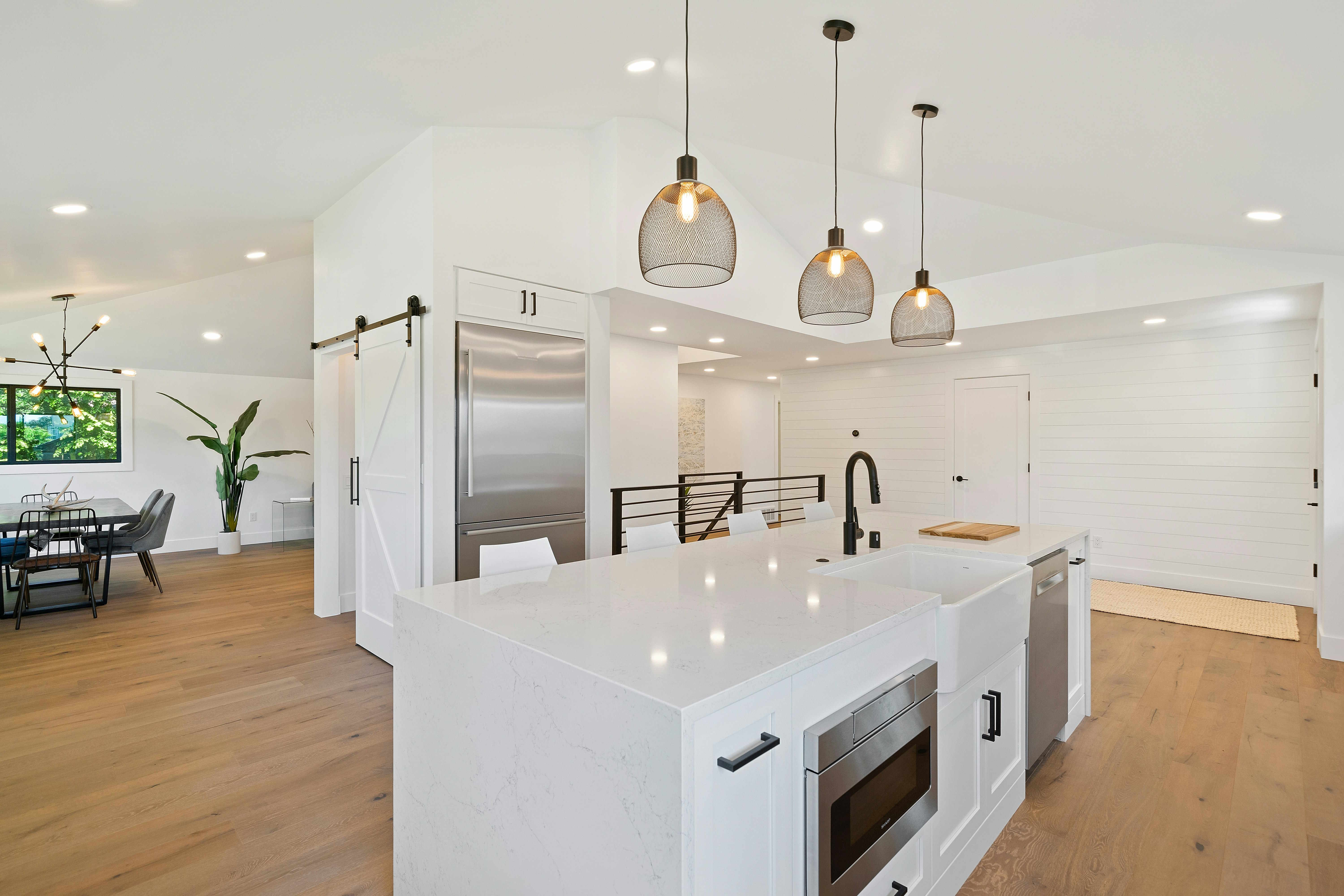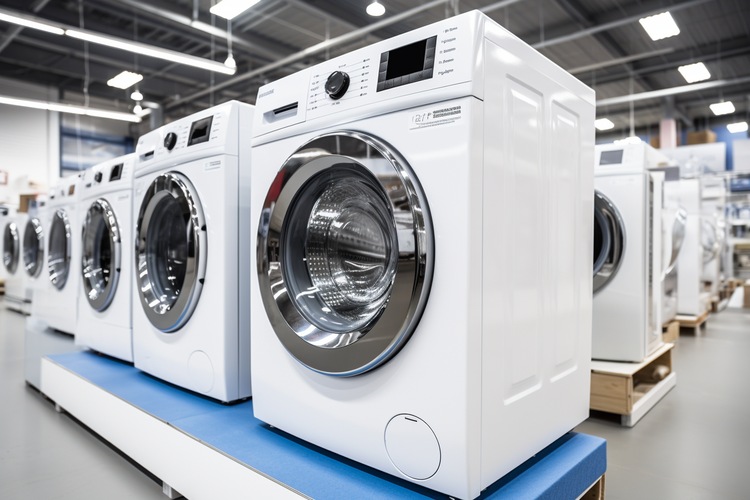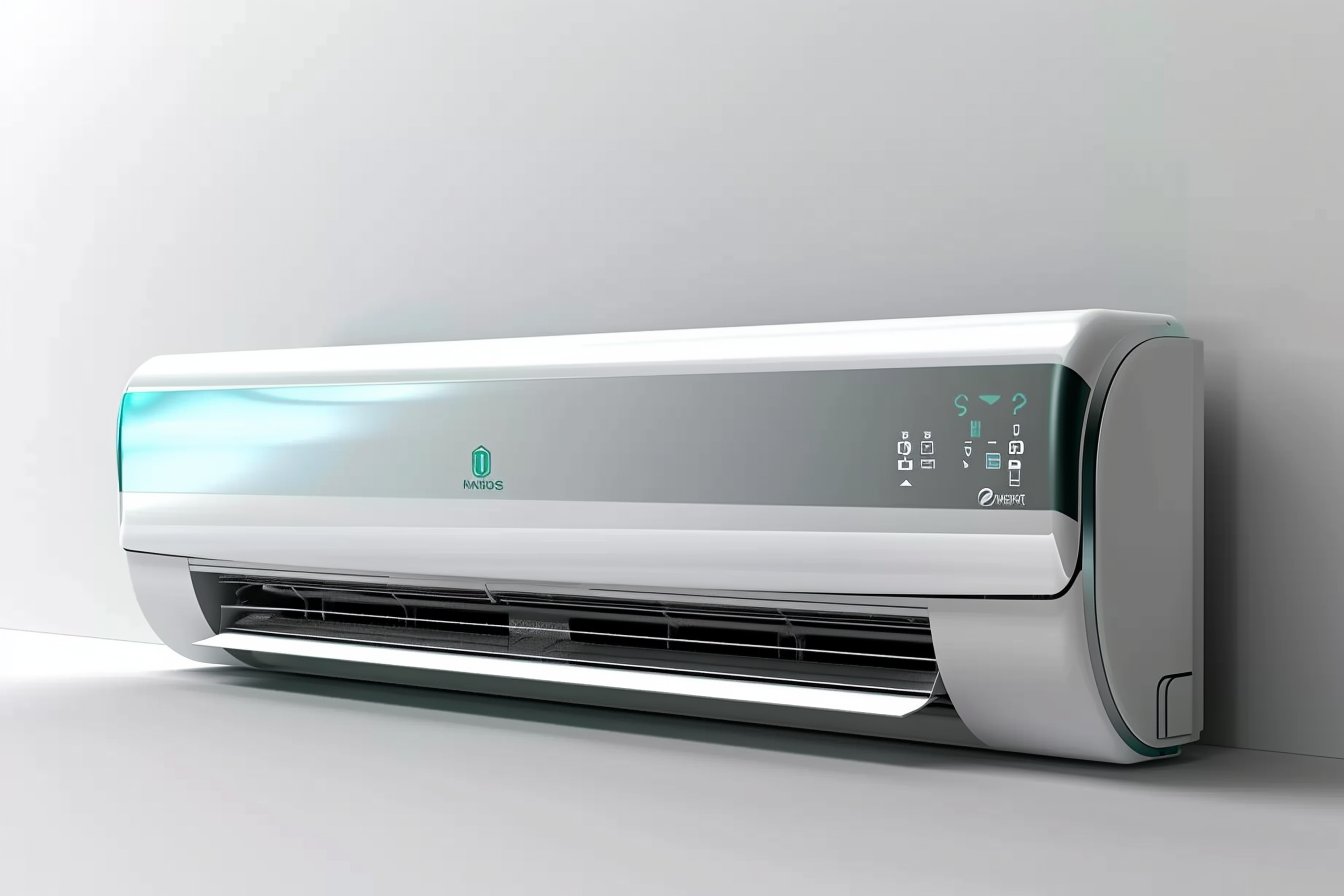Redefining Spaces: The Emergence of Multifunctional Rooms
Introduction: In the modern era of interior design, we are witnessing a significant shift in the way homeowners utilize their spaces. Gone are the days of single-purpose rooms. Today, versatility and functionality take center stage, as people are increasingly looking to incorporate multifunctional rooms into their homes. This trend, though not entirely new, has gained significant traction in recent times, transforming the landscape of home design.

The Evolution of Multifunctional Rooms
Multifunctional rooms have a rich history that dates back to the inception of the studio apartment concept. In the 1920s, a surge in urban living and a need for efficient use of space led to the birth of studio apartments, where various areas served multiple functions. Over time, the idea evolved, and today, the concept of multifunctional rooms extends beyond small apartments, finding relevance in all types of homes, reflecting the changing lifestyle and needs of homeowners.
The Driving Forces
Several factors contribute to the popularity of multifunctional rooms. The rise of remote work culture and home-based businesses has necessitated the need for home offices. Similarly, the increase in small living spaces, particularly in urban areas, has propelled homeowners to seek clever ways to maximize their space. Furthermore, the growing emphasis on open floor plans in contemporary design has opened up opportunities for multi-use spaces.
The Utility and Appeal
Multifunctional rooms offer several practical benefits. They maximize the use of space, provide flexibility, and often result in a cleaner, less cluttered home. From a design perspective, these spaces provide a unique opportunity to blend different styles and functions. A well-designed multifunctional room can seamlessly transition between its various roles, enhancing the overall aesthetic and functionality of the home.
Translating Trends into Practice
Creating a successful multifunctional room requires careful planning and thoughtful design. Key considerations include defining clear zones for different activities, ensuring adequate storage space, and choosing versatile furniture. Lighting, too, plays a crucial role. Different activities require different levels of light, so it’s important to incorporate flexible lighting solutions.
Multifunctional Rooms and Future Living
As we continue to adapt our homes to our evolving needs and lifestyles, multifunctional rooms are likely to become even more prevalent. They represent a future where homes are not just aesthetically pleasing, but also highly adaptable and functional. As this trend continues to unfold, it will undoubtedly shape the future of home design.
In conclusion, multifunctional rooms are more than just a design trend; they represent a shift in how we perceive and utilize our living spaces. By embracing this movement, we can create homes that are not only beautiful but also capable of evolving with our changing needs.




